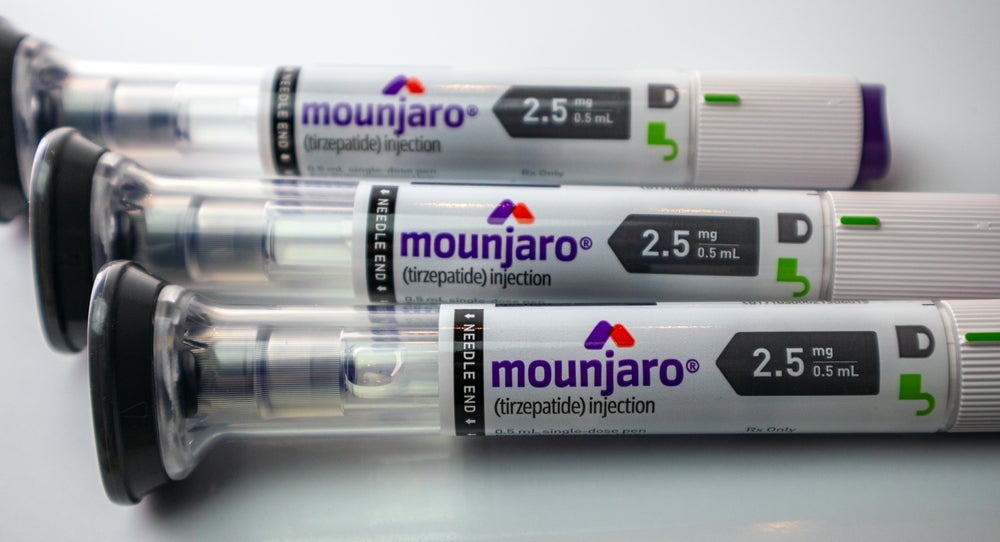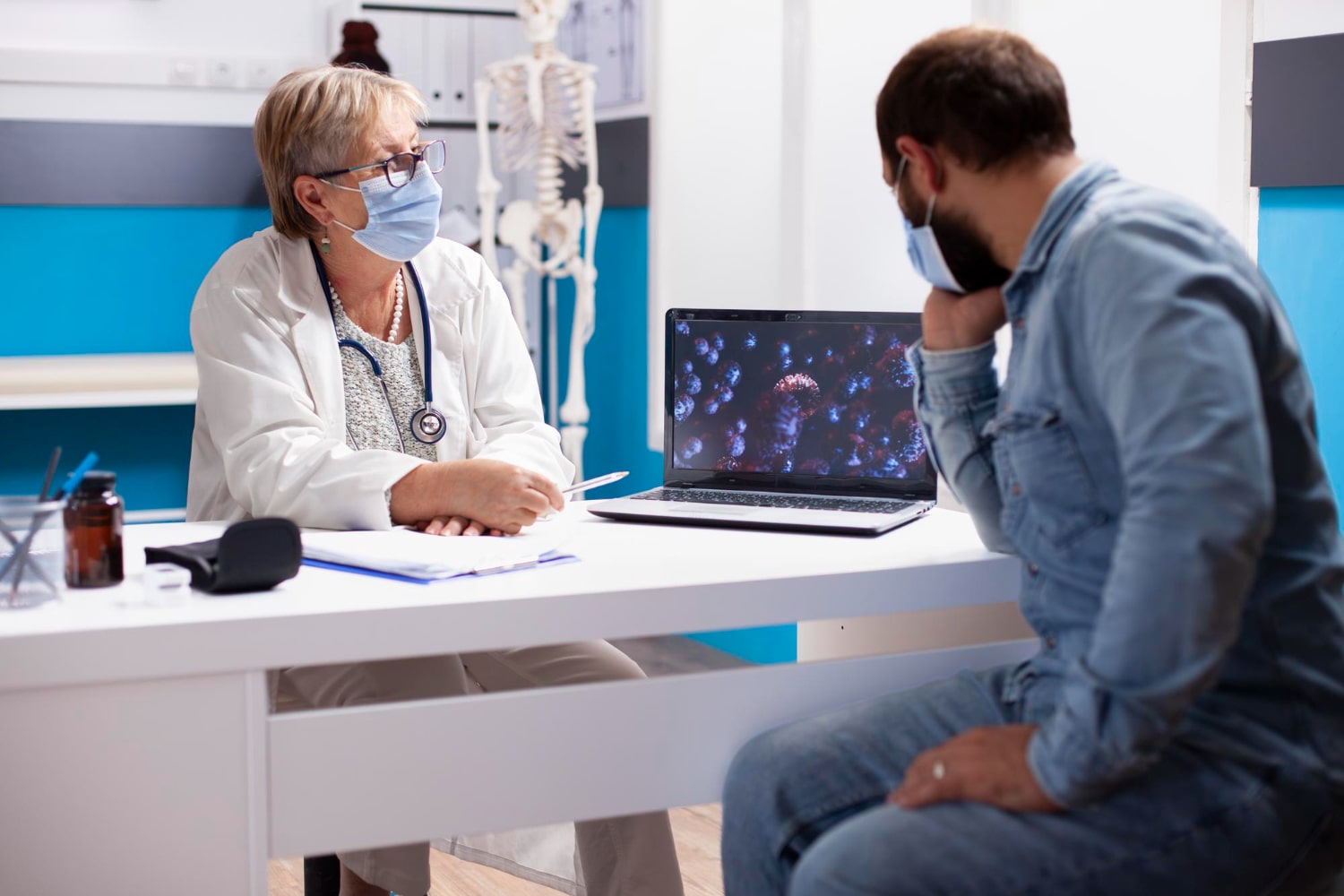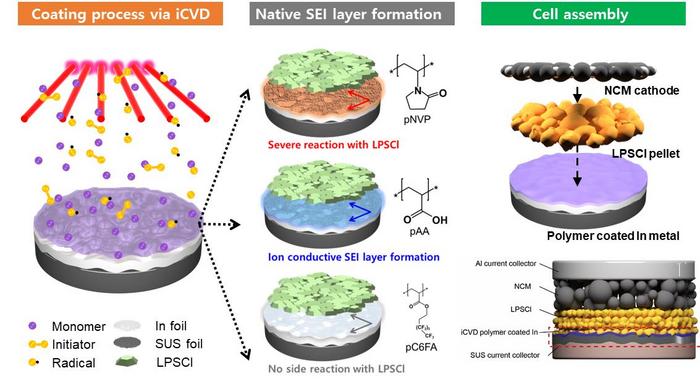New research shows how brain inflammation in children may cause neurological disorders such as autism or schizophrenia
UNDER EMBARGO until 2 pm Oct 12, 2023 Credit: University of Maryland School of Medicine UNDER EMBARGO until 2 pm Oct 12, 2023 New Research Shows How Brain Inflammation in Children May Cause Neurological Disorders Such as Autism or Schizophrenia Findings Show Inflammation Stops Some Neurons from Maturing in the Developing Brain, Which Could Open […]

UNDER EMBARGO until 2 pm Oct 12, 2023

Credit: University of Maryland School of Medicine
UNDER EMBARGO until 2 pm Oct 12, 2023
New Research Shows How Brain Inflammation in Children May Cause Neurological Disorders Such as Autism or Schizophrenia
Findings Show Inflammation Stops Some Neurons from Maturing in the Developing Brain,
Which Could Open the Door to New Treatments
Severe inflammation in early childhood is a clinically known risk factor for developing autism and schizophrenia. Now, for the first time, scientists from the University of Maryland School of Medicine (UMSOM) have discovered that inflammation alters the development of vulnerable brain cells, and this could have mechanistic links to neurodevelopmental disorders. This finding could lead to treatments for many different childhood-onset neurodevelopmental disorders.
Using single-cell genomics to study the brains of children who died from inflammatory conditions—such as a bacterial or viral infections or asthma—along with those who died from a sudden accident, researchers from the University of Maryland School of Medicine led a study that found inflammation in early childhood prevents specific neurons in the cerebellum from maturing completely. The cerebellum is a brain region responsible for motor control and higher cognitive functions used in language, social skills, and emotional regulation.
Faculty from UMSOM’s Institute for Genome Sciences (IGS), Department of Pharmacology, and the University of Maryland-Medicine Institute of Neuroscience Discovery (UM-MIND) conducted the research. The study appears in the October issue of Science Translational Medicine. It is part of a collection of nearly 30 papers describing the development and diversity of cell types in the human brain. All of these studies were coordinated by the Brain Research Through Advancing Innovative Neurotechnologies (BRAIN) Initiative Cell Census Network, a multisite consortium funded by the National Institutes of Health.
Previous research has shown that babies born with abnormalities of the cerebellum frequently go on to experience neurodevelopmental disorders, and animal models exposed to inflammation before birth also develop these conditions.
“We looked at the cerebellum because it is one of the first brain regions to begin developing and one of the last to reach its maturity, but it remains understudied,” said Seth Ament, Ph.D., IGS scientist and Associate Professor in the Department of Psychiatry at UMSOM who co-led the research with Margaret McCarthy, Ph.D., the James and Carolyn Frenkil Dean’s Professor and Chair in Pharmacology and Director of UM-MIND. “With the fairly new technology of single nucleus RNA sequencing we could look at the cell level to see changes in the brains.”
Added Dr. McCarthy: “This has never been done before in this age group and in the context of inflammation. The gene expression in the cerebella of children with inflammation were remarkably consistent.”
The researchers examined donated post-mortem brain tissues of 17 children who died when they were one to five years old, eight from conditions that involved inflammation and nine from accidents. None of the donors had been diagnosed with a neurological disorder prior to death. The two groups were similar in age, gender, race/ethnicity, and time since death. These unique brain tissue specimens had been collected over many years by UMSOM researchers at the University of Maryland Brain and Tissue Bank, the Maryland Brain Collection of the Maryland Psychiatric Research Center, and the NIH NeuroBioBank in Bethesda, Maryland.
The study found that two specific, yet rare types of cerebellar neurons were most vulnerable to brain inflammation—the Golgi and Purkinje neurons. At the single-cell level, these two types of neurons showed premature disruption of their maturation.
“Although rare, Purkinje and Golgi neurons have critical functions,” Dr. Ament said. “During development, Purkinje neurons form synapses connecting the cerebellum to other brain regions involved in cognition or emotional control, while Golgi neurons coordinate communication between cells within the cerebellum. Disruption of either of these developmental processes could explain how inflammation contributes to conditions like autism spectrum disorders and schizophrenia.”
As with many diseases, both genetics and the environment—in this case, inflammation—likely contribute to the risk of developing these disorders. That’s why it is crucial to understand the roles of specific cells within the brain regions—as well as how they interact with genes to influence brain function—to find treatments for brain disorders, like ASD and schizophrenia, as well as others including dementia, Parkinson’s disease, or substance use disorders.
“This study is one of the first to show that gene expression changes during inflammation may set the stage for later cellular dysfunction, such as reducing synaptic connectivity or altering energy metabolism,” said UMSOM Dean Mark Gladwin, M.D., who is also Executive Vice President for Medical Affairs, UM Baltimore, and the John Z. and Akiko K. Bowers Distinguished Professor at UMSOM. “It’s critical to understand these mechanisms and changes at the cellular level during brain development in the hope that someday we can develop treatments for neurodevelopmental disorders.”
The data from this study—along with all of the BRAIN Initiative papers—has been deposited in the Neuroscience Multi-Omic Archive (NeMO Archive)— a curated genomic data repository—housed at the Institute for Genome Sciences at UMSOM. Neuroscience researchers can access the archive’s data through a user-friendly portal to transform their understanding of the complex workings of the brain.
About the Institute for Genome Sciences: The Institute for Genome Sciences (IGS) at the University of Maryland School of Medicine has revolutionized genomic discoveries in medicine, agriculture, environmental science, and biodefense since its founding in 2007. IGS investigators research areas of genomics and the microbiome to better understand health and disease, including treatments, cures, and prevention. IGS investigators also lead the development of the new field of microbial forensics. IGS is a leading center for major biological initiatives currently underway including the NIH-funded Human Microbiome Project (HMP) and the NIAID-sponsored Genomic Sequencing Center for Infectious Diseases (GSCID). Follow us on X @GenomeScience and @MDGenomics.
About UM-MIND: The newly founded University of Maryland – Medicine Institute for Neuroscience Discovery (UM-MIND) focuses on foundational and translational research in the areas of brain development, neuropsychiatric disorders, traumatic brain injury, brain cancers, aging and neurodegenerative disorders. State-of-the-art facilities in microscopy and CRISPR-Cas9 technology provide researchers with the tools they need to unravel the many remaining mysteries of brain function in both health and disease. Follow us on X @um_mind.
About the University of Maryland School of Medicine
Now in its third century, the University of Maryland School of Medicine was chartered in 1807 as the first public medical school in the United States. It continues today as one of the fastest growing, top-tier biomedical research enterprises in the world — with 46 academic departments, centers, institutes, and programs, and a faculty of more than 3,000 physicians, scientists, and allied health professionals, including members of the National Academy of Medicine and the National Academy of Sciences, and a distinguished two-time winner of the Albert E. Lasker Award in Medical Research. With an operating budget of more than $1.2 billion, the School of Medicine works closely in partnership with the University of Maryland Medical Center and Medical System to provide research-intensive, academic, and clinically based care for nearly 2 million patients each year. The School of Medicine has more than $500 million in extramural funding, with most of its academic departments highly ranked among all medical schools in the nation in research funding. As one of the seven professional schools that make up the University of Maryland, Baltimore campus, the School of Medicine has a total population of nearly 9,000 faculty and staff, including 2,500 students, trainees, residents, and fellows. The School of Medicine, which ranks as the 8th highest among public medical schools in research productivity (according to the Association of American Medical Colleges profile) is an innovator in translational medicine, with 606 active patents and 52 start-up companies. In the latest U.S. News & World Report ranking of the Best Medical Schools, published in 2023, the UM School of Medicine is ranked #10 among the 92 public medical schools in the U.S., and in the top 16 percent (#32) of all 192 public and private U.S. medical schools. The School of Medicine works locally, nationally, and globally, with research and treatment facilities in 36 countries around the world. Visit medschool.umaryland.edu
Journal
Science Translational Medicine
DOI
10.1126/scitranslmed.ade1283
Method of Research
Experimental study
Subject of Research
Human tissue samples
Article Title
Early-childhood inflammation blunts the transcriptional maturation of cerebellar neurons
Article Publication Date
12-Oct-2023
COI Statement
None
What's Your Reaction?


































